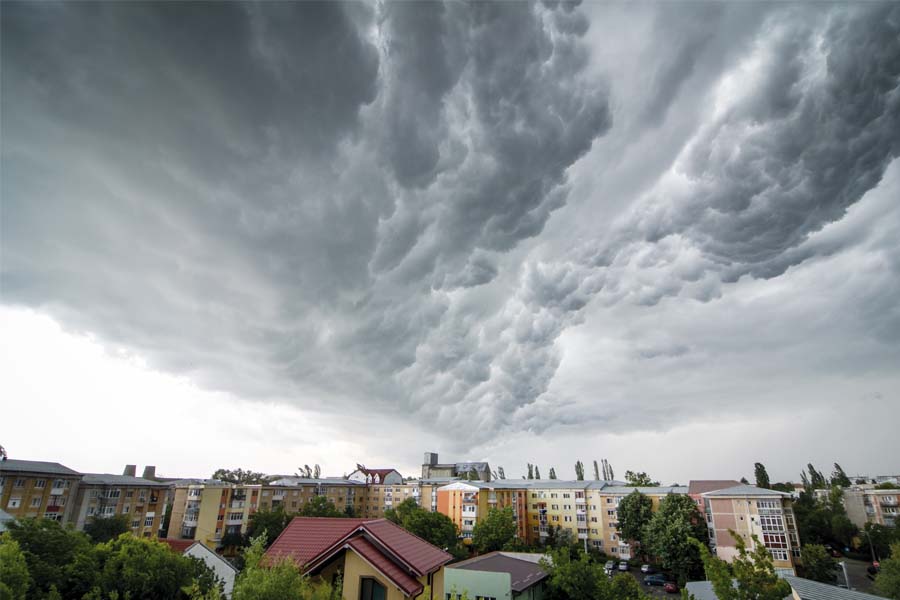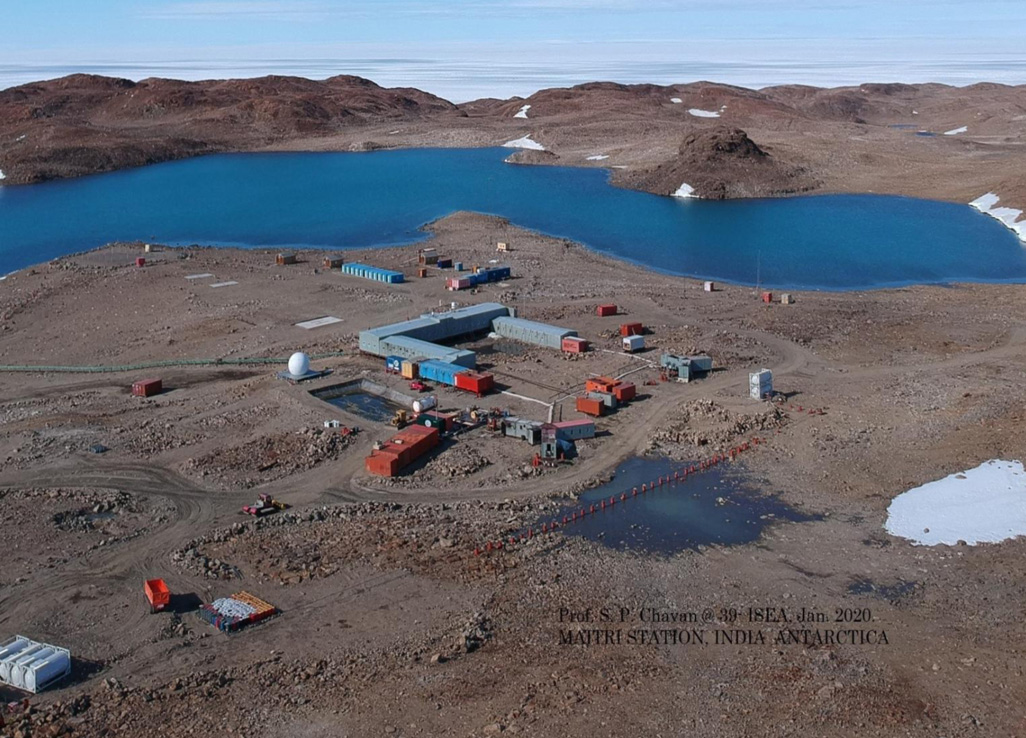Forecasting Tropical Cyclones
Published: Jul 30, 2016
Published: Jul 30, 2016

The entire Indian coastline is affected by tropical cyclones with varying frequency and intensity. North Indian Ocean (the Bay of Bengal and the Arabian Sea) generates 7 per cent of the world’s tropical cyclones.
Keep reading with one of these options :
